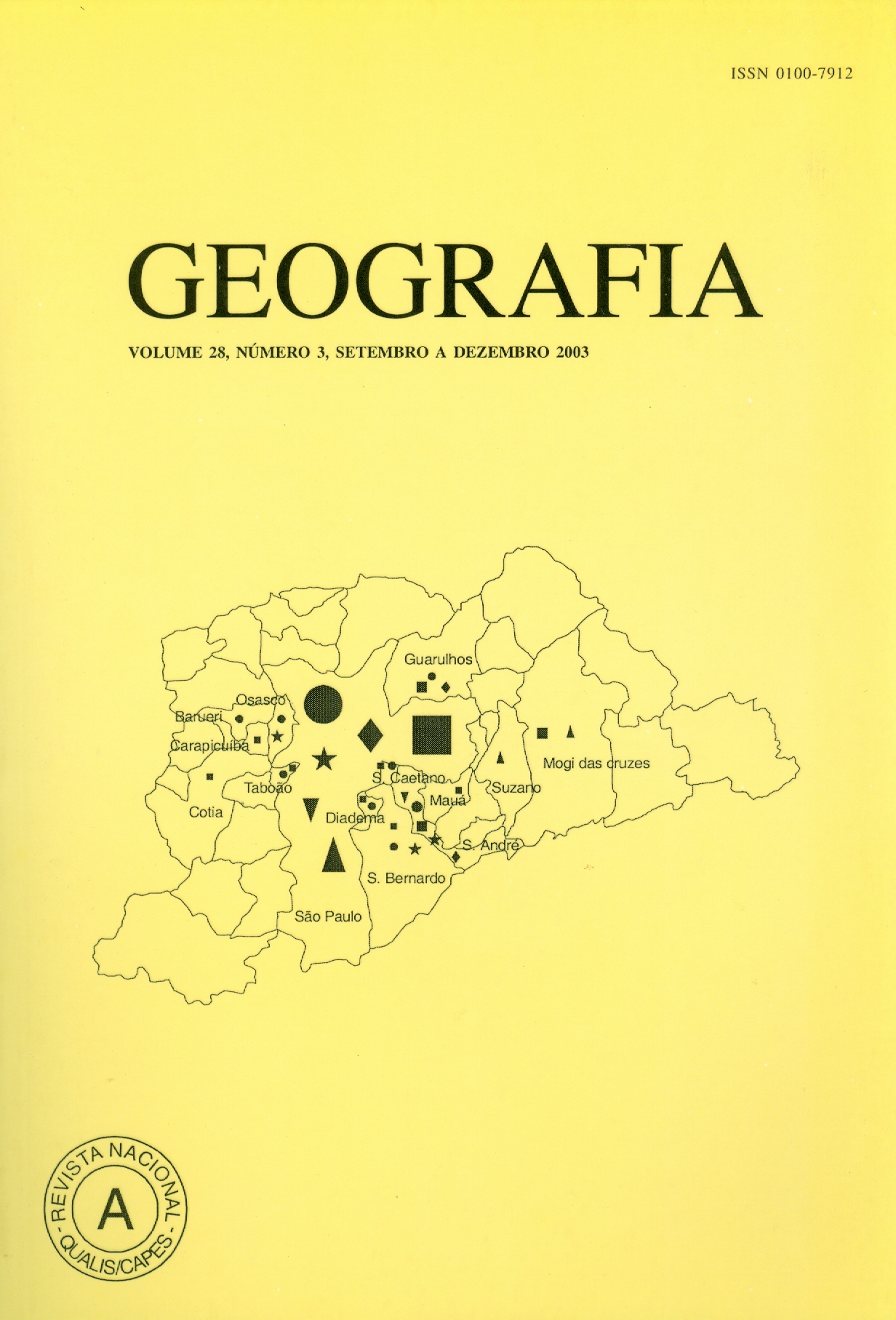Elaboration, restrictions and possibilities of relief morphometry cartographic representation focused on environmental management
Abstract
The preservation of natural resources through an appropriate environmental management consists in one of the great challenges faced by the humanity in the present time. In the context of environmental management, the landforms and geomorphological process, have got great importance both by the fact that they form the physical substratum on wich develop the human activities, answering many times in aggressive way and the alterations provoked by such activities. In this way, the relief cartographic representation comes as a vital instrument for an appropriate environmental management. However, it can be see that usually elaborate relief graph charts consists in complex documents that sometimes dificultate the information transmittion to one who is not familiar with them. In this context, the main objective of this research was to test, establish a relationship and evaluate different proposals of relief morphometry cartographic representation, analyzing the restrictions and possibilities of data and information provided by such products. Therefore, the application of specific techniques for relief morphometric graph charts is recommended according to region features, time and material conditions to carry out the research, labour scale and environmental subject to be estimated for. Key words: cartography; relief morphometry; cartographic representation.Downloads
Published
Issue
Section
License
The authors maintain the copyright and grant GEOGRAFIA the right of first publication, with the articles simultaneously licensed under the Creative Commons BY 4.0 License, which allows sharing and adapting the articles for any purpose, as long as appropriate credits and provisions of image rights, privacy or moral rights. Other legal attributions can be accessed at: https://creativecommons.org/licenses/by/4.0/legalcode.en.
Geography, Rio Claro, SP, Brazil - eISSN 1983-8700 is licensed under the Creative Commons BY 4.0 License.





